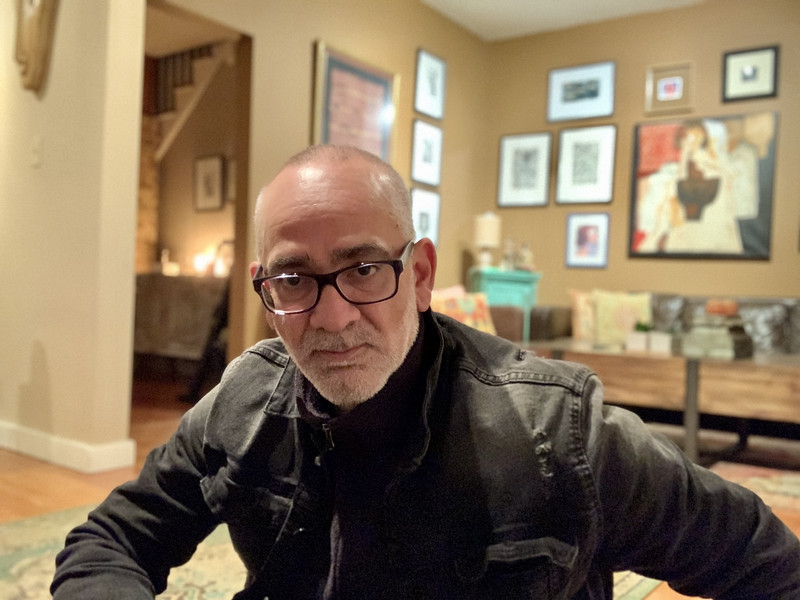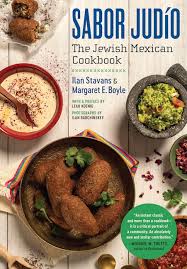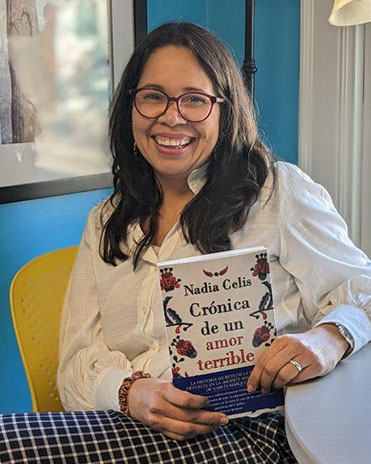Celebrating the 50th Anniversary of the Latin American Narrative Boom
By Bowdoin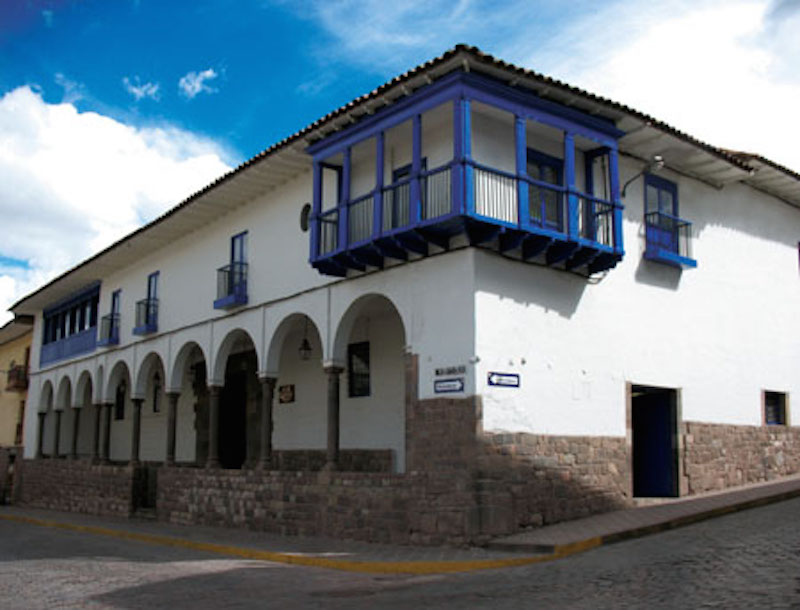
By Associate Professor of Romance Languages and Literatures Carolyn Wolfenzon Niego
The year 1967 was an axial year for Latin American narrative. This was the year in which One Hundred Years of Solitude, by Colombian author Gabriel Garcia Marquez, was published, and when the city of Macondo was built into people’s imagination. This year, and particularly this novel, gave Latin American writers an international visibility they did not have before.
In 2017, the Peruvian city of Cuzco decided to celebrate the importance of the Latin American Narrative Boom with a symposium organized by the Ministry of Education, the Culture Department of Cuzco, and a group of local universities that joined this literary celebration. 1967 was the peak of the Latin American Boom, when majors works by writers Mario Vargas Llosa (Peru), Gabriel Garcia Marquez (Colombia), Julio Cortazar (Argentina) and Carlos Fuentes (Mexico) were published. In 1967, besides the publication of One Hundred Years of Solitude, Mario Vargas Llosa came ot with La Casa Verde, Carlos Fuentes published Cambio de Piel, Cuban Guillermo Cabrera Infante published Tres Tristes Tigres and Guatemalan Miguel Angel Asturias became the first Latin American to win a Nobel Prize in literature.
The Boom authors — despite not having a specific agenda — were characterized by their attempt to interpret a complex Latin American reality through a different literary sensitivity. They exposed the continent's diversity and racial mix as a synthesis of what Latin American means. Some writers of this important period used a new language to try to approach such a complex world view of Latin America. Gabriel Garcia Marquez created magical realism — aesthetics representing the magical as everyday life. Others resorted to realism — like Mario Vargas Llosa and Carlos Fuentes — to approach their nation's problems with the idea of a global novel; this is, novels aiming to represent a whole nation: its social classes, its political problems, and its history.
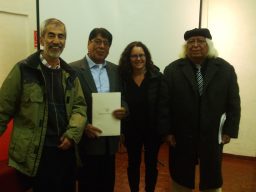
The Boom writers were also concerned about history. All of them have written at least one memorable historical novel, on topics such as the War of Canudos in Brasil (Mario Vargas Llosa), Simon Bolivar (Garcia Marquez), the dictatorship of Gaspar Rodriguez de Francia (Augusto Roa Bastos), and the Haitian revolution (Alejo Carpentier). The list is far too long and it is impossible to include everything. What is important to emphasize is that these writers, regardless of their political views, intended that the memory of those key political facts that marked the continent did not sink into oblivion.
Finally, the use of extremely sophisticated literary techniques is something to think about when reflecting on the Boom and its representatives. The Boom writers used an amazing variety of subjects, time leaps, multiple perspectives to depict the same fact, an abundance of narrators, and, in some cases, created a totally different language (e.g., ‘gíglico,’ a language invented by Cortazar, is, perhaps, the most remarkable). These were some of the literary resources used to highlight Latin American diversity, its complex reality, and its cultural mix.

Fifty years later, it was touching to be part of the celebration of this literary legacy, together with academics and writers from all over Peru. Seated at my table were Enrique Rosas Paravicino, from the Quechua-speaking town of Ocongate in the mountains of Cuzco; José Luis Ayala, from Puno, whose mother tongue is Aymara and who writes poetry in this language; Luis Nieto Degregori, from Cuzco; Daniel Mathews Carmelino, from Lima, who is passionate about popular culture and Afro-descent Peruvians. I was born in Lima, the daughter of immigrants from Eastern Europe.
This encounter of all these races that form Peru and all of Latin America happened, symbolically, in the house of Inca Garcilaso de la Vega, nowadays considered one of the most important museums of the Imperial City of Cuzco. Inca Garcilaso — son to a Spanish conqueror and an Inca noble woman — was, perhaps, the first representative to live, firsthand, the race mix, experiencing what it means to be part of two cultures and to love them both. Those who spoke at the symposium also reflected the cultural diversity of both country and continent. The house of Garcilaso de la Vega — built over walls of Inca stone and Spanish cement, with balconies and a central patio that mimic the Spanish architecture — was an overwhelming scene to talk about the Boom diversity, racial mix, and legacy — a legacy that is still alive thanks to a diversity that is still alive and ever more complex, as we, the speakers, evidenced. Each one — from the coast, the highlands and the tropical forest — has been personally marked by the Boom. It is touching that literature still has such a great impact in people’s lives.
